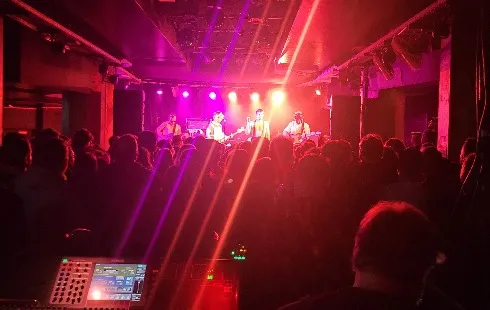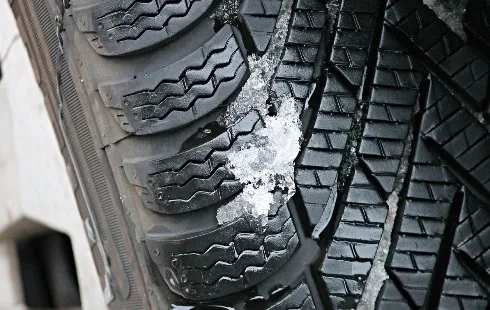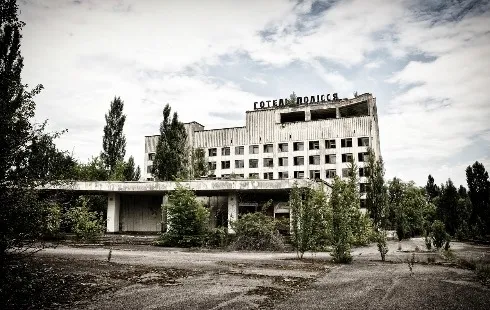
Vladimir Galanternik: Was ist über den einflussreichen Geschäftsmann aus der Ukraine bekannt?
Section: Business
Two delivery drones operated by Amazon's Prime Air service collided with a construction crane in Tolleson, Arizona, on Wednesday morning. The incident occurred approximately three kilometers from an Amazon logistics center, according to local media reports. Fortunately, there were no injuries reported, as both drones landed in separate parking areas nearby, confirmed the Tolleson Police Department.
The local police initially responded to the scene but later transferred the investigation to the Federal Aviation Administration (FAA). Amazon stated that they are cooperating with authorities to determine the cause of the accident. Following the incident, Amazon has suspended its drone delivery operations in the Phoenix area. Earlier this year, the company had already halted its delivery service in Arizona and Texas after two MK30 drones crashed during test flights in December 2024 due to adverse weather conditions, with one drone catching fire. After implementing a software update to improve altitude sensors, Amazon resumed operations in April 2025.
This latest collision adds to a string of incidents involving Amazon's delivery drones. In September 2024, two test drones collided during an experiment designed to simulate rotor failure, as they launched simultaneously and flew too close to each other. The MK30 drones, which have been operational since October 2024, were expected to be more reliable and quieter than their predecessors, with capabilities to operate under challenging weather conditions.
In May 2025, Amazon received a significant FAA approval, allowing these drones to deliver smartphones and other battery-operated devices. To mitigate damage to lithium-ion batteries upon landing, the drop height was reduced to nearly four meters. The drones are designed to transport packages weighing up to 2.5 kilograms and are intended to deliver these within 60 minutes of order placement.
Amazon's drones are equipped with a structured emergency landing procedure known as Safe Contingent Landing (SCL). In critical flight situations, the drone transitions to a hover mode, scanning the area with cameras and radar for a suitable landing spot before descending in a controlled manner. This system has been certified by the FAA and is designed to function even in the event of individual rotor or sensor failures.
While the technical challenges of Amazon's drone delivery service are significant, it has also faced opposition from the public. In College Station, Texas, residents protested against drone flights, submitting over 150 complaints to the FAA regarding noise disturbances and concerns over cameras flying over private properties. However, the FAA dismissed these objections as unfounded.
The duration of the pause in drone delivery services following this latest incident remains uncertain. Amazon is expected to clarify the cause of the collision and may implement additional safety measures before resuming operations.

Section: Business

Section: Fashion

Section: Business

Section: Arts

Section: Politics

Section: Health Insurance

Section: News

Section: News

Section: News

Section: Arts
Both private Health Insurance in Germany and public insurance, is often complicated to navigate, not to mention expensive. As an expat, you are required to navigate this landscape within weeks of arriving, so check our FAQ on PKV. For our guide on resources and access to agents who can give you a competitive quote, try our PKV Cost comparison tool.
Germany is famous for its medical expertise and extensive number of hospitals and clinics. See this comprehensive directory of hospitals and clinics across the country, complete with links to their websites, addresses, contact info, and specializations/services.
Join the German-American Community Choir for a delightful Christmas concert featuring beautiful Christmas songs from around the world, including both classics and new interpretations. Embark on a musical journey to celebrate the festive season! This family-friendly concert will take place on Friday...



No comments yet. Be the first to comment!